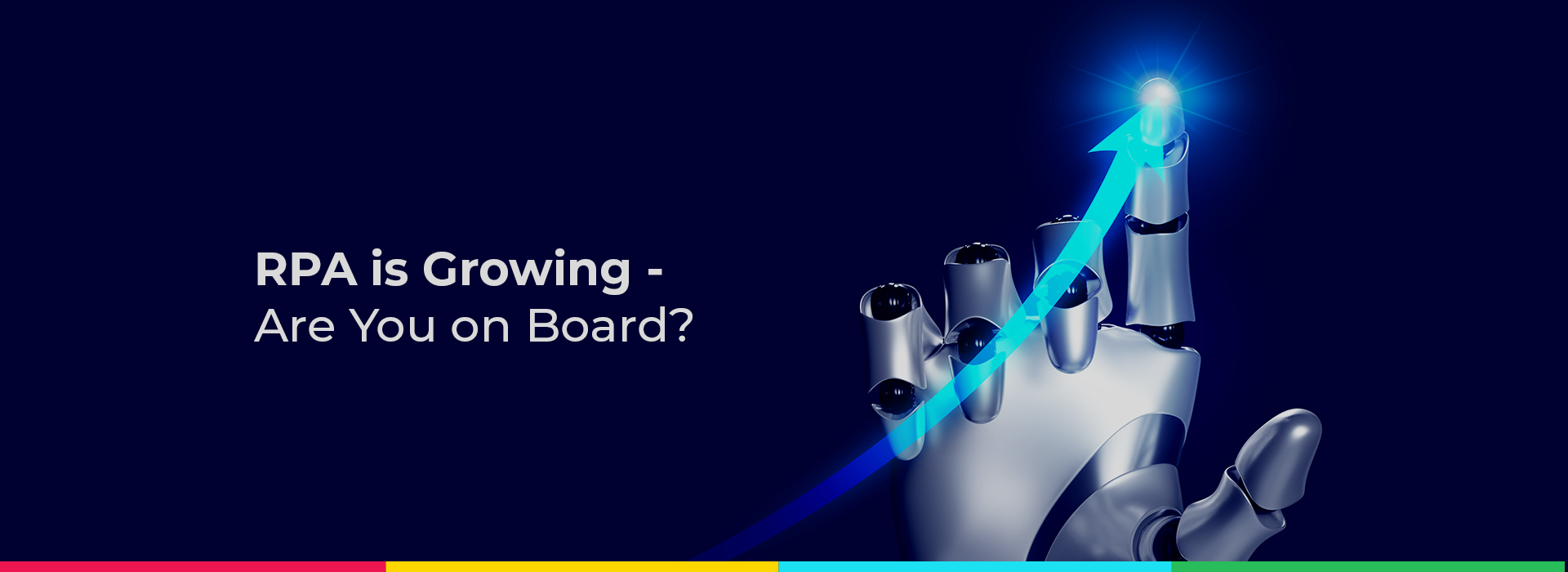
Blog
Intelligent Virtual Assistant (IVA) - Scale with Human-like Interactions
Intelligent Virtual Assistants (IVA)
When the average consumer thinks of Intelligent Virtual Assistants (IVAs), they probably think first about Apple’s Siri or Amazon’s Alexa. These tools provide consumers with a user-friendly interface to play music, answer basic questions, set timers and reminders and even control home appliances. The numerous applications for these programs as well as their ability to interface with a wide variety of systems make personal IVAs low-cost and convenient options for individuals to better organize their day-to-day lives.
But Alexa and Siri aren’t the only applications for or manifestations of IVAs. Businesses are increasingly finding IVAs to be a useful solution for the types of tasks that a human personal assistant might fulfill, and often at a greatly reduced cost. While IVAs can’t currently perform all the functions of a human personal assistant, the technology they use is continually improving. In addition, their relatively low cost means that any staff member can leverage their benefits, whereas only certain high-level employees have traditionally been provided with a human personal assistant.
What Is an Intelligent Virtual Assistant?
An intelligent virtual assistant (IVA) is a computer program designed to perform tasks or services based on specific commands or questions. IVAs are like chatbots, but these artificial intelligence (AI) virtual assistants can interpret speech and respond accordingly.
In the home, virtual assistants are used to turn on lights, set alarms, unlock doors, or control any type of home automation device.
In the office, virtual assistants can manage emails, to-do lists, complete forms and calendars and in some cases by using simple voice commands.
Apple, Google, and Amazon have cornered the market on smartphones and speakers. Microsoft has a large install base on desktop computers, smartphones, and speakers. According to Gartner, about 38% of American consumers have used virtual assistants. That number is likely to only increase as more become familiar with the many benefits this technology can provide.
Intelligent Virtual Assistant vs. Chatbot
IVAs are often confused with a similar technology: chatbots. While these tools seem outwardly similar to the humans interacting with them, they have different functions and capabilities. However, the underlying technologies of IVAs and chatbots have been converging in recent years.
A chatbot is primarily a means of extracting information. For example, a customer interacting with a chatbot might inquire about the balance of their account or the hours a store will be open. The chatbot traditionally used a decision tree to provide information based on customer prompts. Over time, chatbots have become more sophisticated, using machine learning and natural language processing (NLP) to better understand spoken questions and commands and to improve their accuracy in responding to prompts.
A virtual assistant can also provide information, but it also serves many additional functions, such as scheduling meetings, reading emails or text messages, setting reminders and so on. Virtual assistants use natural language understanding (NLU) to go a step beyond the simple speech recognition that NLP allows. NLU allows virtual assistants to more accurately understand context and sentiment.
For further information about AI chatbot deployment or creation, contact NITCO Inc today!
Intelligent Virtual Assistant Benefits
AI virtual assistants are so prevalent in technology because of the valuable benefits they afford users. The following adjectives represent the key benefits of these AI digital assistants.
Contextual
Virtual assistants are very good at understanding the context of what a user is saying. For example, a virtual assistant can use context to process the meaning of natural language that doesn’t necessarily provide enough meaning in a vacuum. A manager could tell a virtual assistant to “postpone my meeting with Jim by one hour,” and the virtual assistant can use the information available to it to determine which Jim and which meeting the speaker is referring to.
Conversational
The ability to understand context, along with various other features of natural language understanding, allows for IVAs to interact conversationally with humans. This means IVAs can understand the difference between similar-sounding words and phrases, ask meaningful follow-up questions, interpret, and respond to user sentiment and emotion, and remember previous discussions. This generally makes users more comfortable and willing to interact with non-human virtual assistants.
Seamless
The ability for IVAs to interface with a broad set of external applications and even appliances means they provide a seamless experience for users. There’s no need to have separate virtual assistants for scheduling appointments, checking email, setting reminders, or even turning the lights on and off.
Personalized
IVAs have sufficient memory and machine learning capability to learn and remember things about their users and adapt accordingly, providing for a personalized user experience. An IVA might remember that its user regularly makes early evening appointments, likes to listen to a certain type of music, or that a colleague hasn’t received a response to a recent email.
IVAs are proving to be a cost-effective way to drive efficiencies and economies of scale for organizations of all kinds. As technology improves, their functionality is also improving. In our second post on IVAs, we’ll look at four key technologies being used in IVA development.
Trust NITCO with Your AI Development and Implementation
Your business has complicated processes that can be streamlined using Artificial Intelligence, but not all AI systems are created equal. NITCO is a technology services company with skilled resources for custom Artificial Intelligence development solutions that can help codify your needs and build systems to help automate the tedious tasks that devour valuable labor hours.




 US Headquarters
US Headquarters India office, Hyderabad
India office, Hyderabad